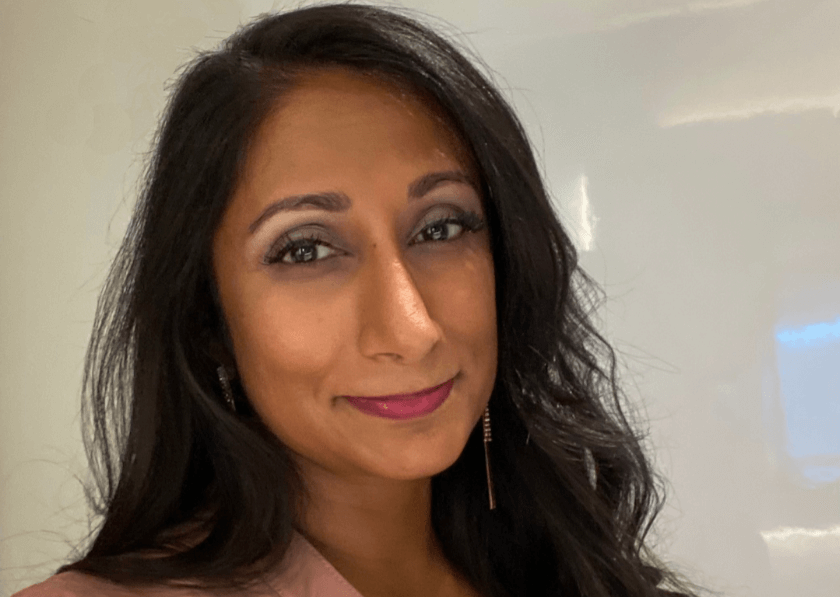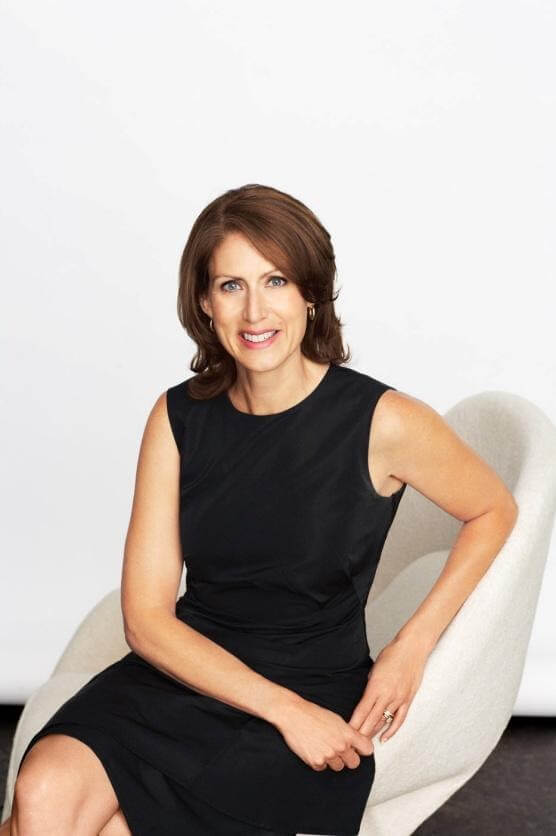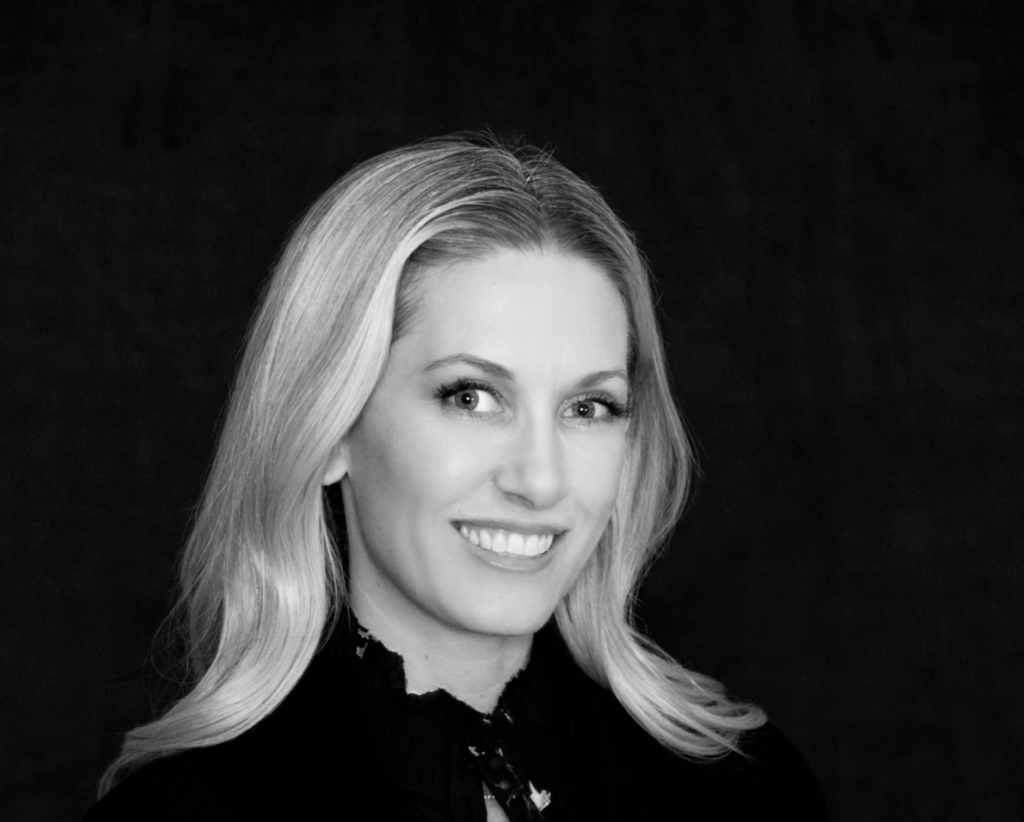
Founded by Universal Music Group and Sony Music Entertainment in 2009, new SeeHer member Vevo is the world’s leading music video network, showcasing official music videos alongside a constantly developing lineup of live performances and original programming across the musical spectrum. Each month, Vevo draws more than 25 billion views across TV, desktop, and mobile devices.
In this week’s blog, Vevo’s Parul Chokshi offers insights into the current trend of women artists supporting each other and efforts to advance gender equality in front of and behind the mic.
This month marks the 40th anniversary of the first music video premiere on television. In those 40 years, it’s fascinating to consider the evolution of how women, or those who identify as women, are portrayed and represented in music videos. And further, how much progress women, like Dolly Parton, Madonna, and Janet Jackson, have made as power players in the music industry at large. YES, we have a long way to go, yet we’ve seen a massive shift in women taking control of their own narratives since that first music video.
Connected TV, one of the spaces where people can access Vevo, is growing exponentially because it allows people to experience music videos the way they did 40 years ago. In fact, in 2020 alone, Vevo saw 40% year-over-year growth in our CTV viewership. It’s so cool to enjoy music videos in this nostalgic way with your friends and family, on the “new/old” medium of a connected larger TV screen. With that experience comes a great opportunity to support women artists. For example, advertisers can align with a specific artist or group of artists by targeting and buying their music videos, creating a customized experience for each brand.
In the music business overall, the antiquated idea that women must compete against each other to make it in the industry is old news, replaced by a universal drive towards collaboration. Whenever I am in a room with fellow women executives, that collaborative feeling of support is delightfully palpable. It’s a sense of camaraderie that is greater now more than ever.
Women artists are more involved in their own careers and in control of their own creative. The way they are perceived has undergone a huge shift. While there is no shortage of women as props in the background of music videos, you see many more women artists in front, owning their femininity in the way that they want to be seen, such as Doja Cat, Normani and Lizzo today. They’re in charge of their image AND the business opportunity associated with it, and that’s a massive distinction from 40 years ago.
SeeHer is a connective tissue that allows us to talk across several touch points. I just attended my first SeeHer meeting and it’s so gratifying to see support across several different parts of the music world. Festivals, music engineering, programming, video music awards, every aspect of the music industry is covered through the lens of, “how do we empower women?” It was equally motivating and inspiring.
We can all work to empower and raise each other up, because together we’re an undeniable force.


